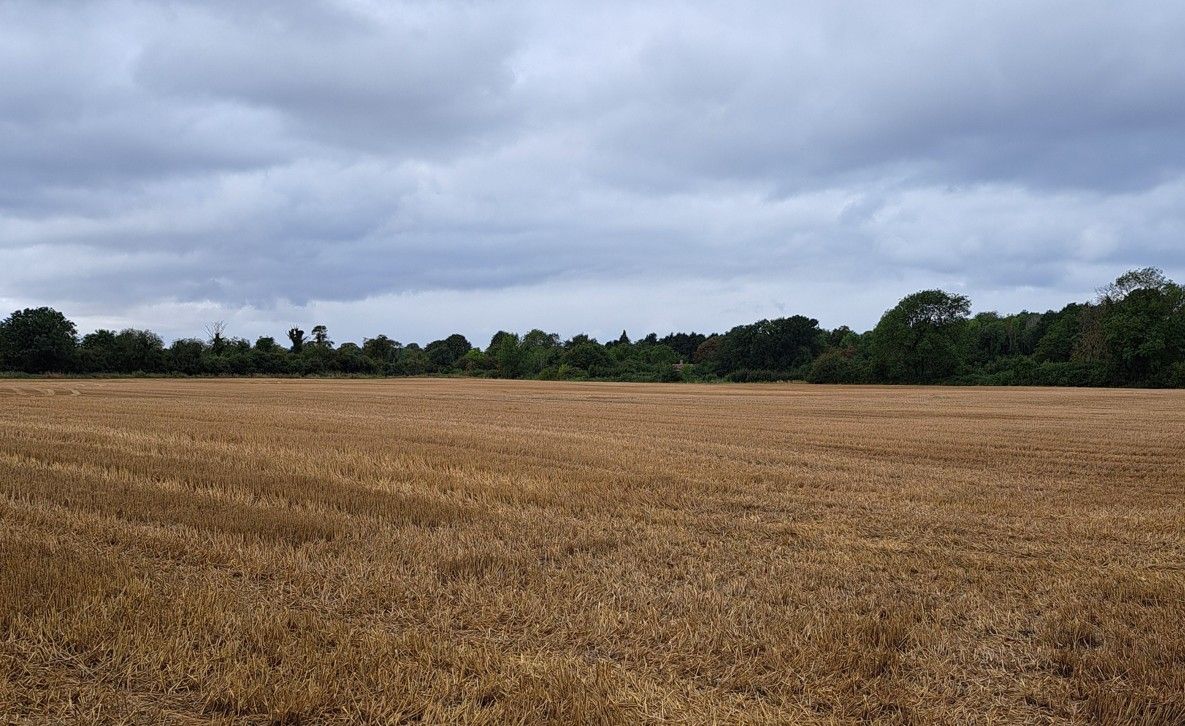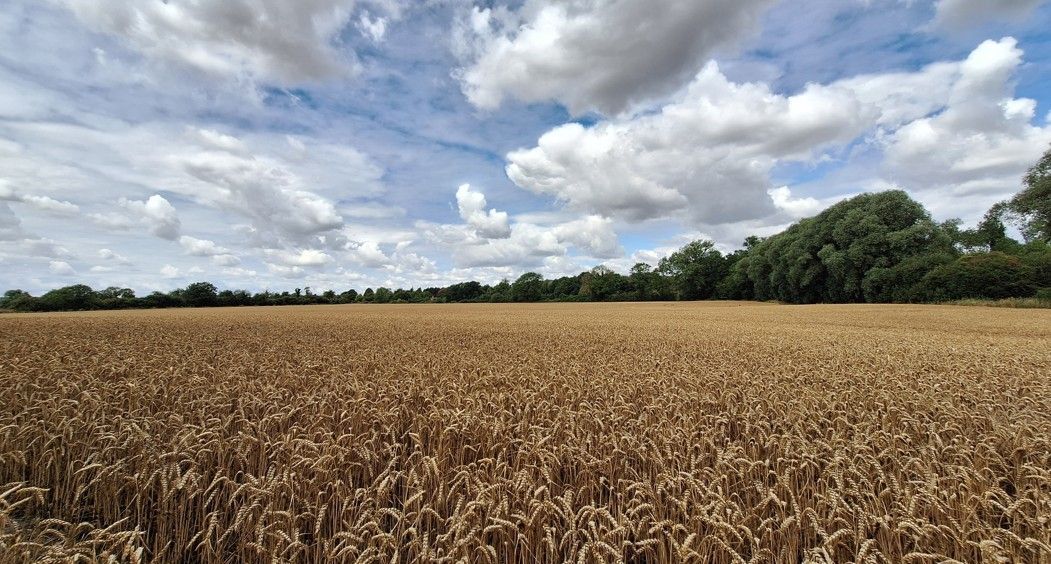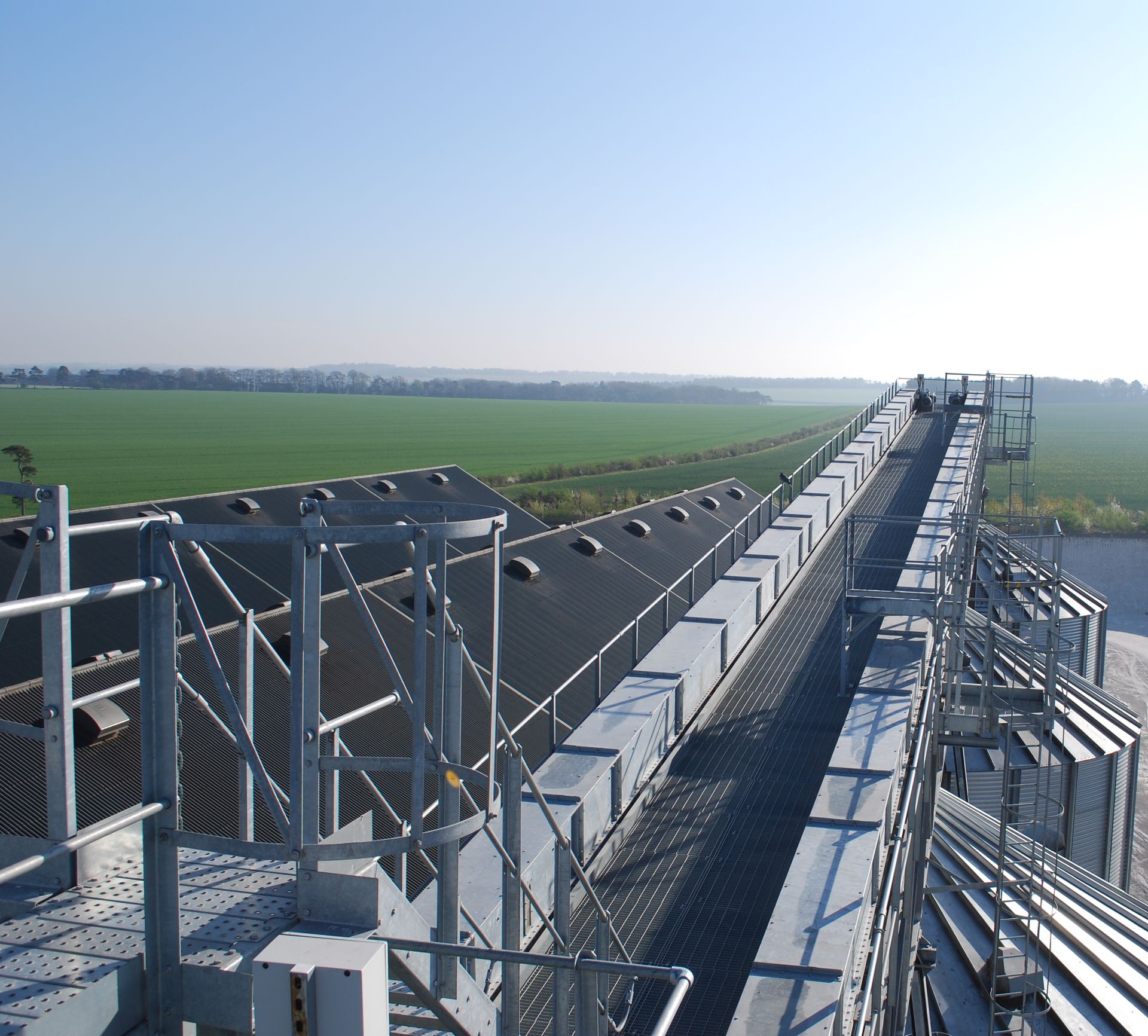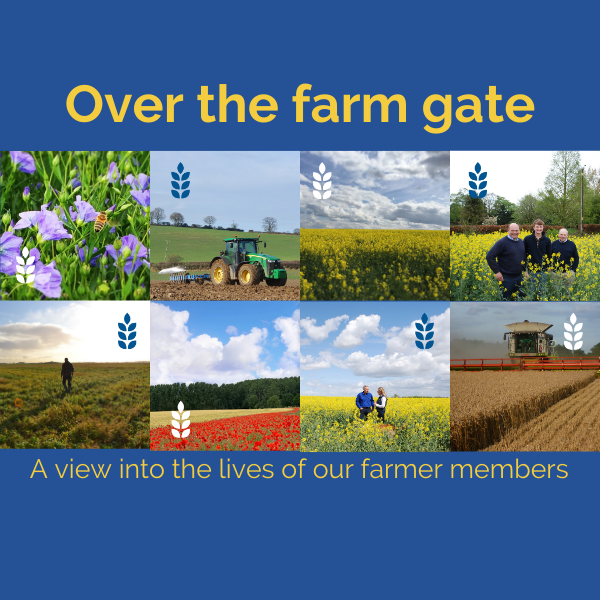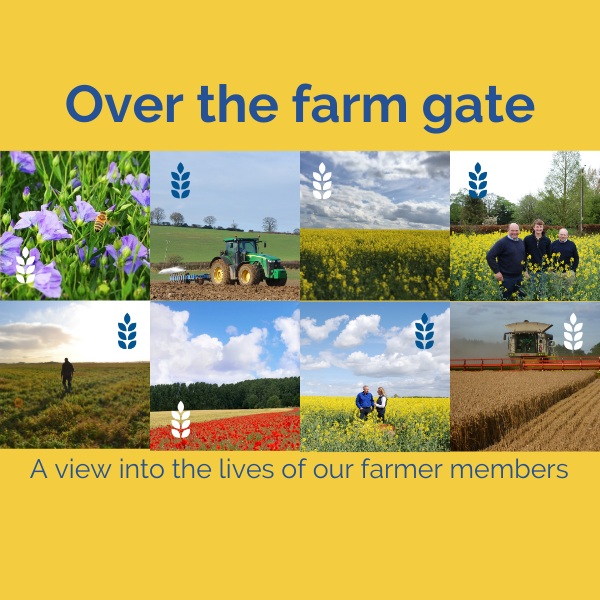GWCT Big Farmland Bird Count 2021
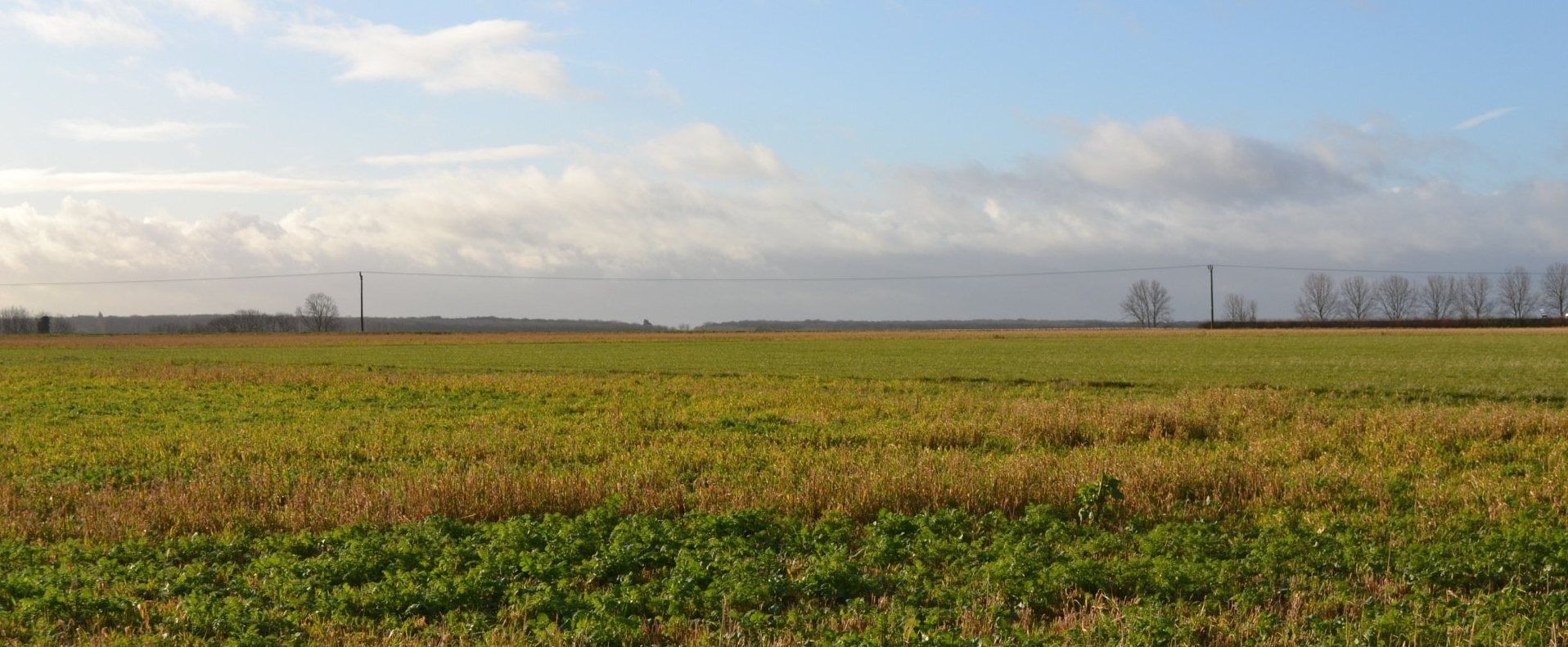
Britain’s farmland birds need you
The GWCT Big Farmland Bird Count, 5 – 14 February 2021, bfbc.org.uk
Camgrain is delighted to announce that they are supporting the Big Farmland Bird Count 2021 and is encouraging its members to get involved.
Organisers of the Big Farmland Bird Count are asking the country’s land managers to spend 30 minutes recording the farmland birds they see on their land. The annual count, run by the Game & Wildlife Conservation Trust (GWCT), is scheduled for the 5 – 14 February 2021.
“With 71% of Britain’s countryside looked after by farmers, land managers and gamekeepers, they are crucial to ensuring the survival of
cherished bird species like skylarks, yellowhammers, corn buntings and wild grey partridges,” says Dr Roger Draycott, organiser and head of advisory services at the GWCT. “Many of them are already doing fantastic work to support and conserve our native species, including supplementary feeding through winter or growing crops specifically to provide seed for birds, which often goes unrecognised. The Big Farmland Bird Count gives them a chance to see the results of their efforts and provides a crucial national snapshot of the health of the UK’s farmland birds.” Crucially, the nationwide citizen science project helps show which farmland birds are benefitting from conservation efforts while identifying the species most in need of help.
Cambridgeshire farmer Tom Martin (Twitter @Farmer_Tom_UK) explains why he takes part:
“The Big Farmland Bird Count is a fantastic way to check on the status of our farmland birds, giving me a good idea of numbers and how our conservation measures may be impacting populations. I really believe that farmers are the answer in supporting our wildlife and stewarding our environment and the BFBC is a great way to demonstrate that. Before I took part, I had no idea how many species of bird called our farm their home, and now I look forward to seeing the results each year to discover how they’re doing.”
Despite the coronavirus pandemic and poor weather, 2020’s Big Farmland Bird Count saw record numbers of people taking part: over 1500 participants recorded more than 120 species across 1.4 million acres. The 2020 event also saw more counts returned by ‘farmer clusters’ or groups of farmers working together on conservation projects, providing species data at a wider landscape level as well as at individual farm level. “We saw a huge increase in the number of counts completed last year and we are hoping to beat those numbers again,” says Roger. “One of the few positives of 2020 has been an increase in people enjoying and valuing our countryside and wildlife. Farmers care for the largest songbird habitat in this country on their land and it is brilliant to see so many of them committing their spare time to recording the bird species they see there.”
Encouragingly, 25 species from the Red List for Birds of Conservation Concern were recorded in 2020, with nine of them appearing in the 25 most commonly seen list and nine in the most abundant species list, including fieldfares, starlings, linnets and lapwings. Blackbirds and woodpigeons were the most seen species in 2020, followed by robins, blue tits and pheasants.
At the end of the count, the results will be analysed by the GWCT. All participants will receive a report on the national results once they have been collated.
How to take part in the Big Farmland Bird Count:
As most participants count alone or with family members, outside, the Big Farmland Bird Count can be safely carried out within Covid‐secure guidelines. Species guides, including short videos, will be available at www.bfbc.org.uk.
1) Download your count sheet from the BFBC website www.bfbc.org.uk
2) Count your birds! On a day between 5 and 14 February, spend about 30 minutes recording the species and number of birds seen on one particular area of the farm.
3) Once you've completed your count, simply submit your results at www.bfbc.org.uk
The Big Farmland Bird Count is sponsored by the National Farmers’ Union (NFU).
The count is also kindly supported by:
CFE: Championing the Farmed Environment
FWAG: Farming and Wildlife Advisory Group
NSA: National Sheep Association
Camgrain
LEAF: Linking Environment and Farming
CLA
The GWCT thanks the NFU for being the main sponsor and all partners for actively promoting the count to their members and supporters.
The Game & Wildlife Conservation Trust – providing research‐led conservation for a thriving countryside. The GWCT is an independent wildlife conservation charity which has carried out scientific research into Britain’s game and wildlife since the 1930s. We advise farmers and landowners on improving wildlife habitats. We employ 22 post‐doctoral scientists and 50 other research staff with expertise in areas such as birds, insects, mammals, farming, fish and statistics. We undertake our own research as well as projects funded by contract and grant‐aid from Government and private bodies. The Trust is also responsible for several Government Biodiversity Action Plan species and is lead partner for grey partridge and joint lead partner for brown hare and black grouse.
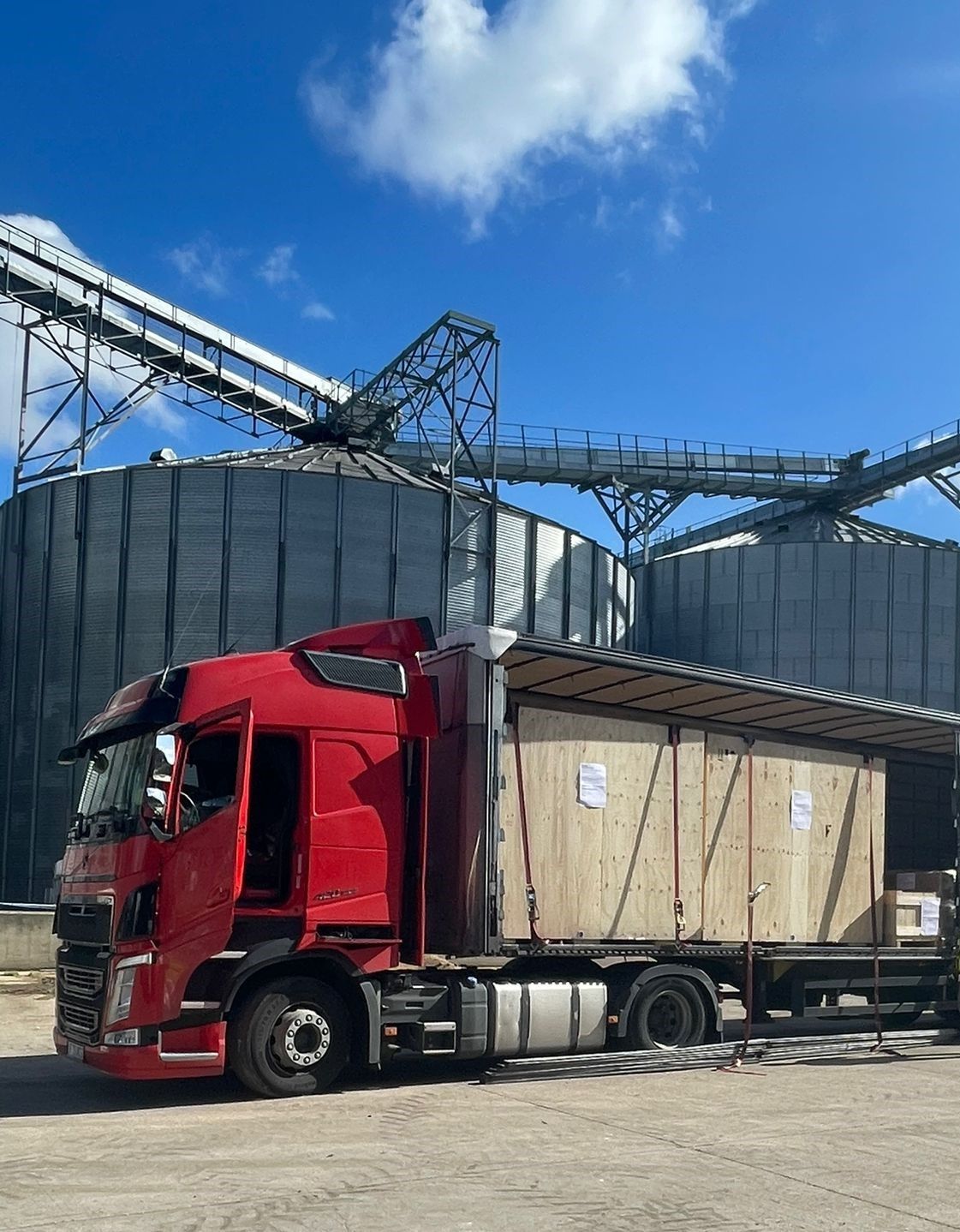
What's in the boxes? We are delighted to announce the delivery of not one but two new ‘state of the art’ colour sorters from Cimbria. These colour sorters will be central to our new cleaning plant meaning Camgrain members never have to worry about ergot, problems with admixture or costly rejections.

